Frisco Spine Surgical Treatments
We Emphasize Conservative Management
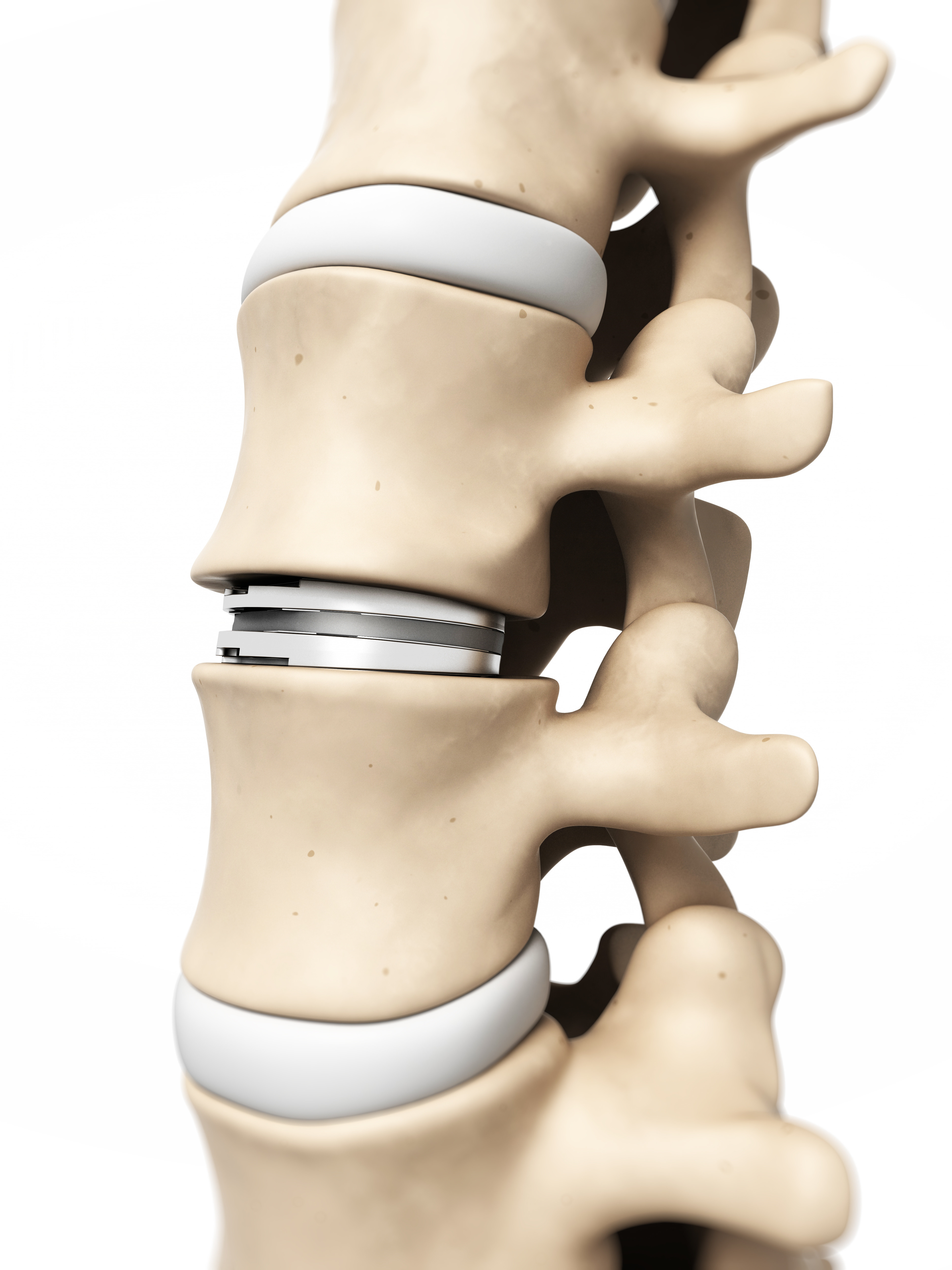
Artificial Disc Replacement
Patients that suffer from degenerative disc disease can experience intense and consistent back pain. Through artificial disc replacement, our team of professionals can replace the damaged disc and help the patient recover through excellent physical therapy.
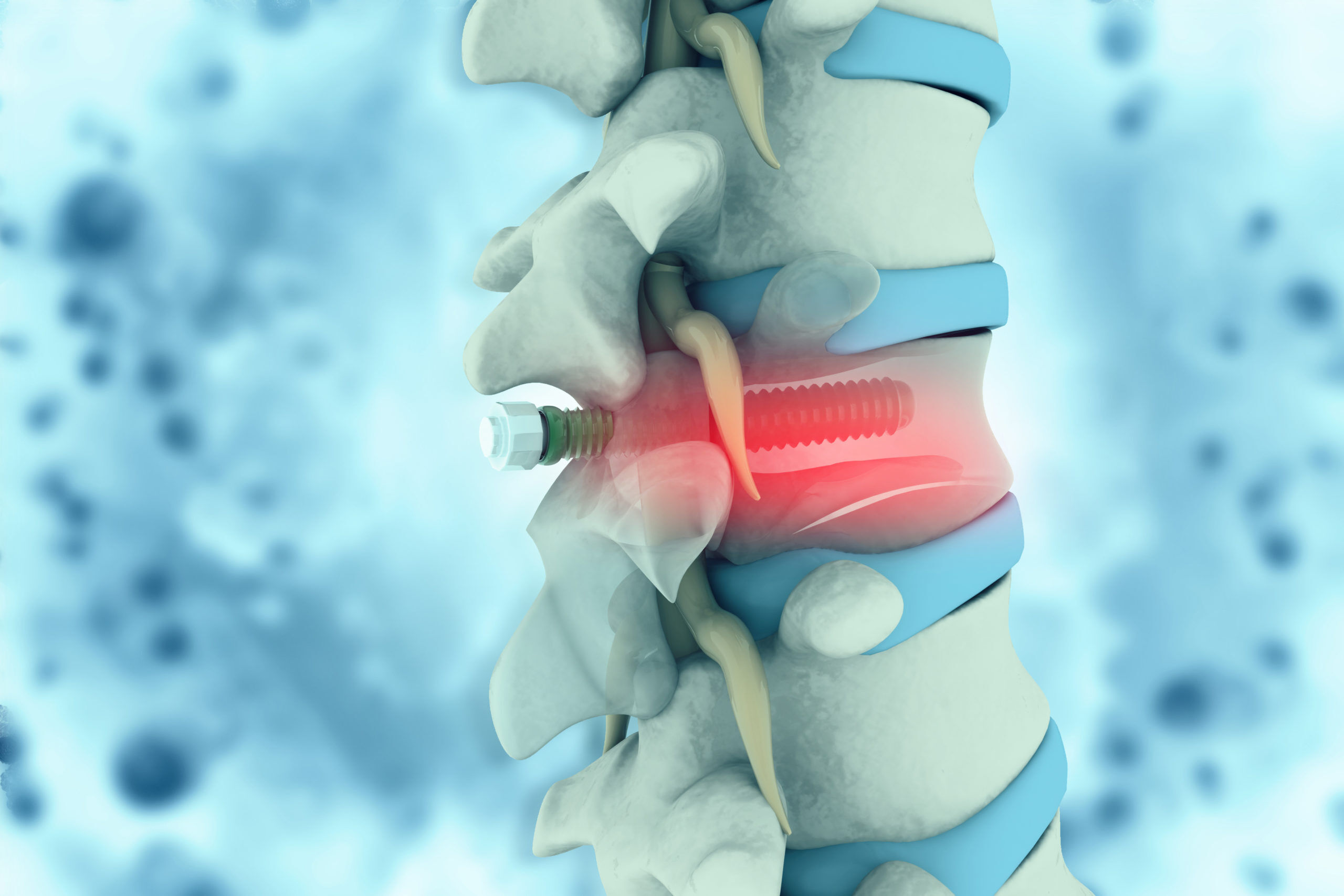
Minimally Invasive Spine Surgery
When spine surgery is unavoidable, we try to use minimally invasive spine surgery as much as possible. By utilizing endoscopic cameras and small incisions, patients can enjoy a faster recovery with less pain while still correcting the original issue.
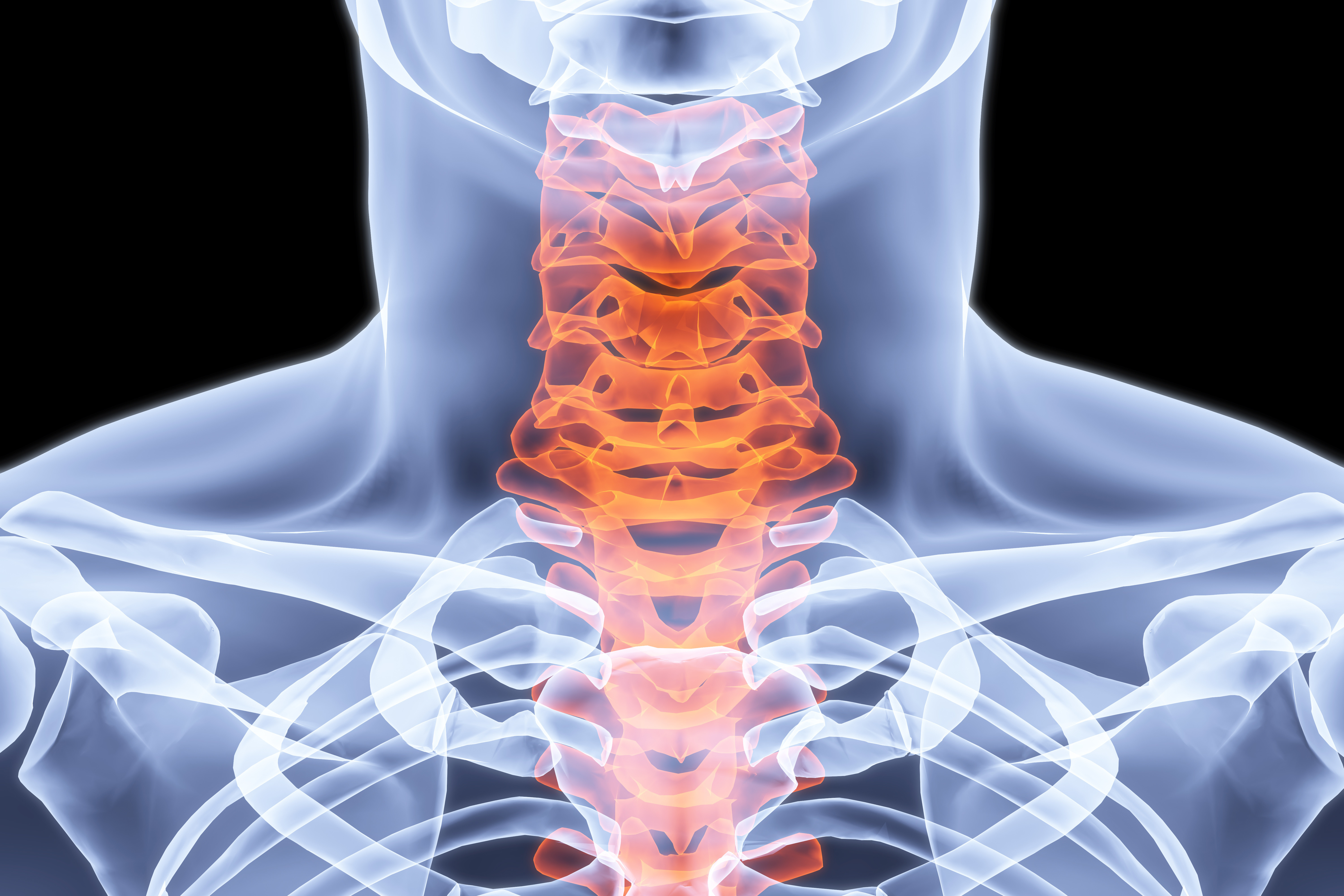
Cervical Spinal Surgery
Involves surgical intervention of the spine. The surgery may involve an anterior or posterior approach or a combination of the two given the pathology causing pain and/or numbness.
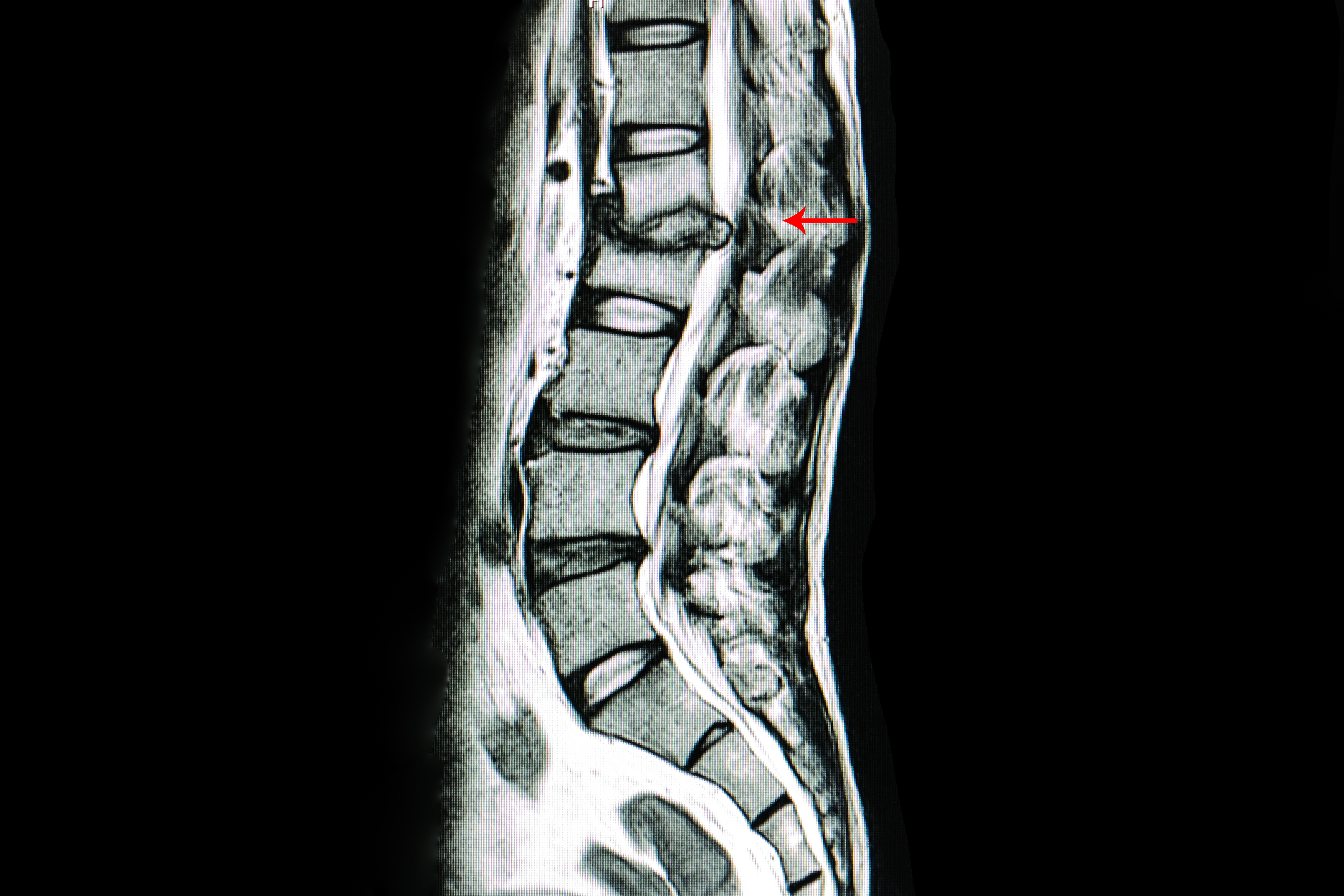
Cervical Disc Arthroplasty
This procedure involves the removal of a cervical disc herniation from a posterior incision, thereby easing irritation and pressure that the disc was producing on the nerve root or spinal cord often relieving pain and numbness.
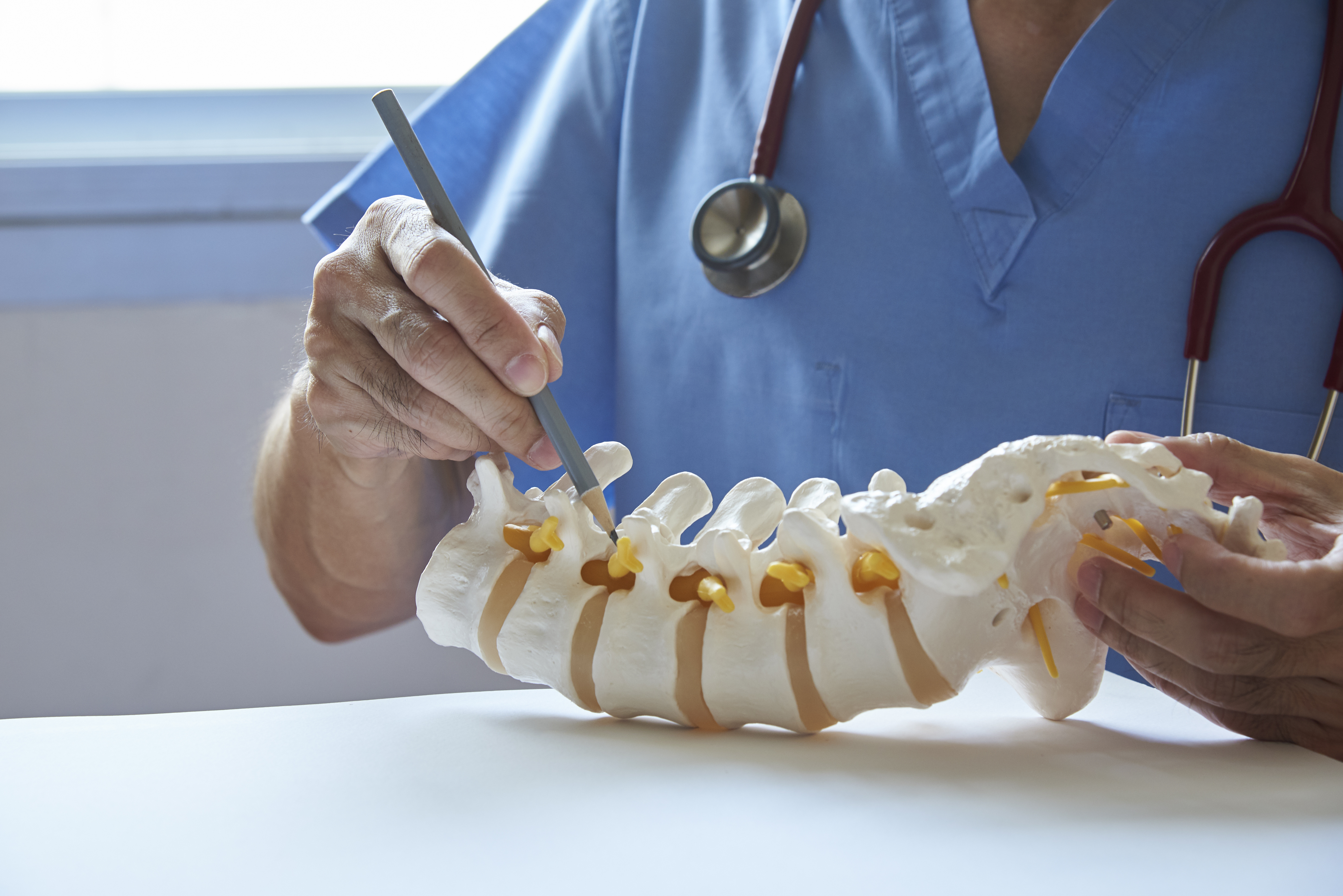
Cervical Laminectomy
A procedure where the spinal canal is unroofed from a posterior incision and the lamina is removed decompressing the spinal cord.
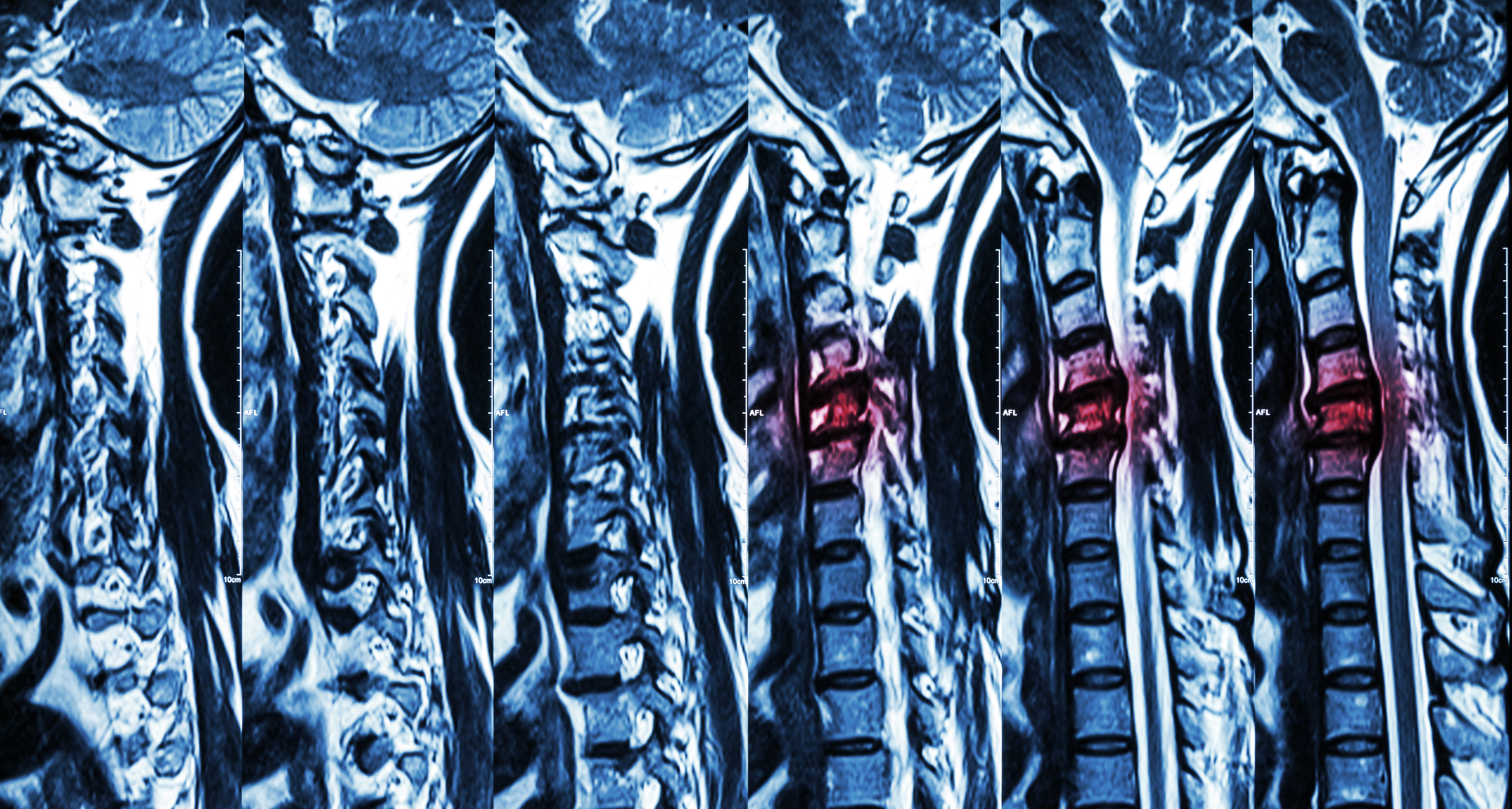
Cervical Fusion
A bone graft is used to connect degenerated vertebrae and discs in order to stabilize that segment in the neck. This is an option when non-surgical treatments fail to relieve neck problems due to degenerative changes in the intervertebral discs.
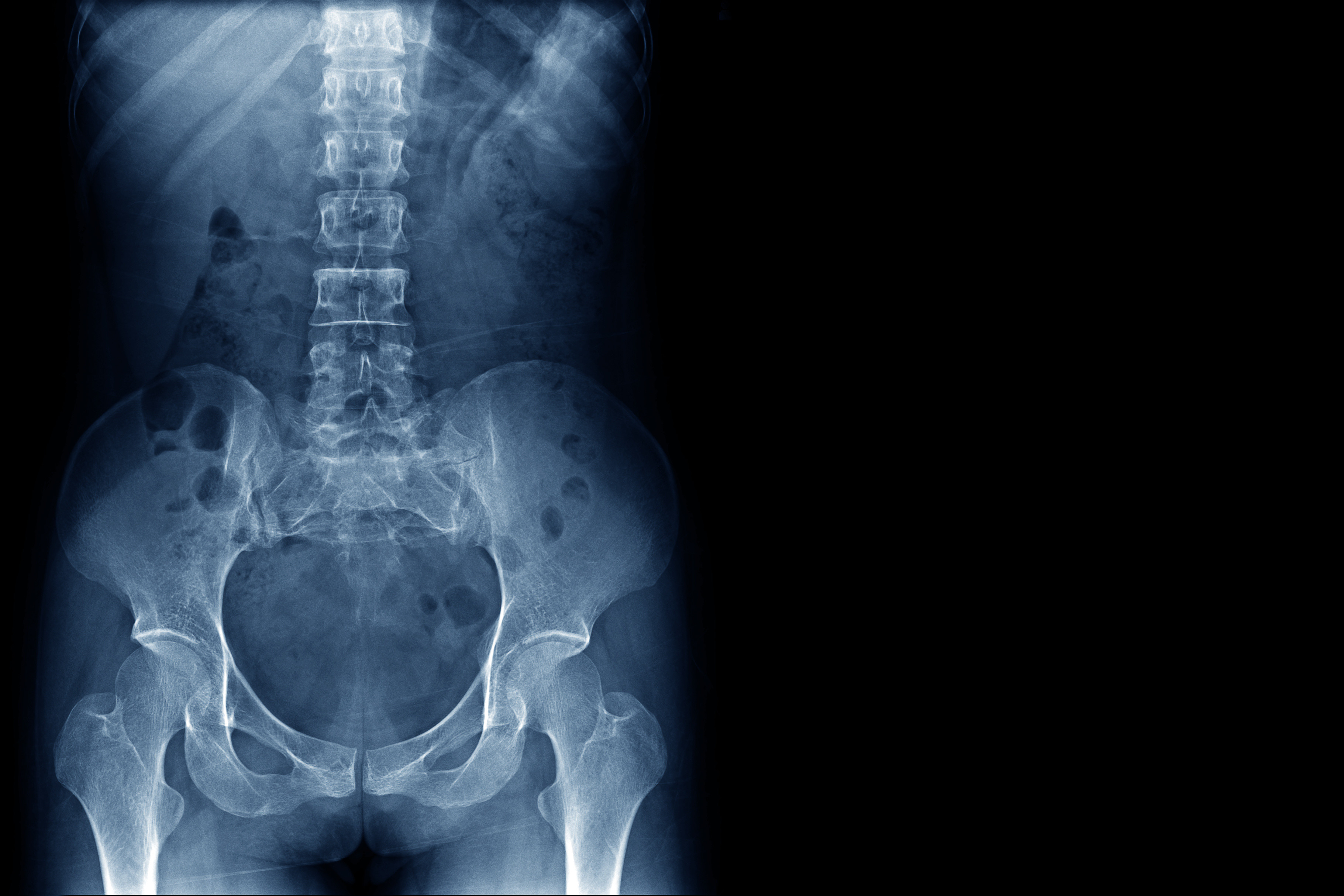
Corpectomy
A procedure is a type of fusion that involves removal of a portion of the vertebral body to relieve pressure on the spinal cord. Since much of the vertebral bodies are removed, the remaining space is generally replaced with a bone graft.
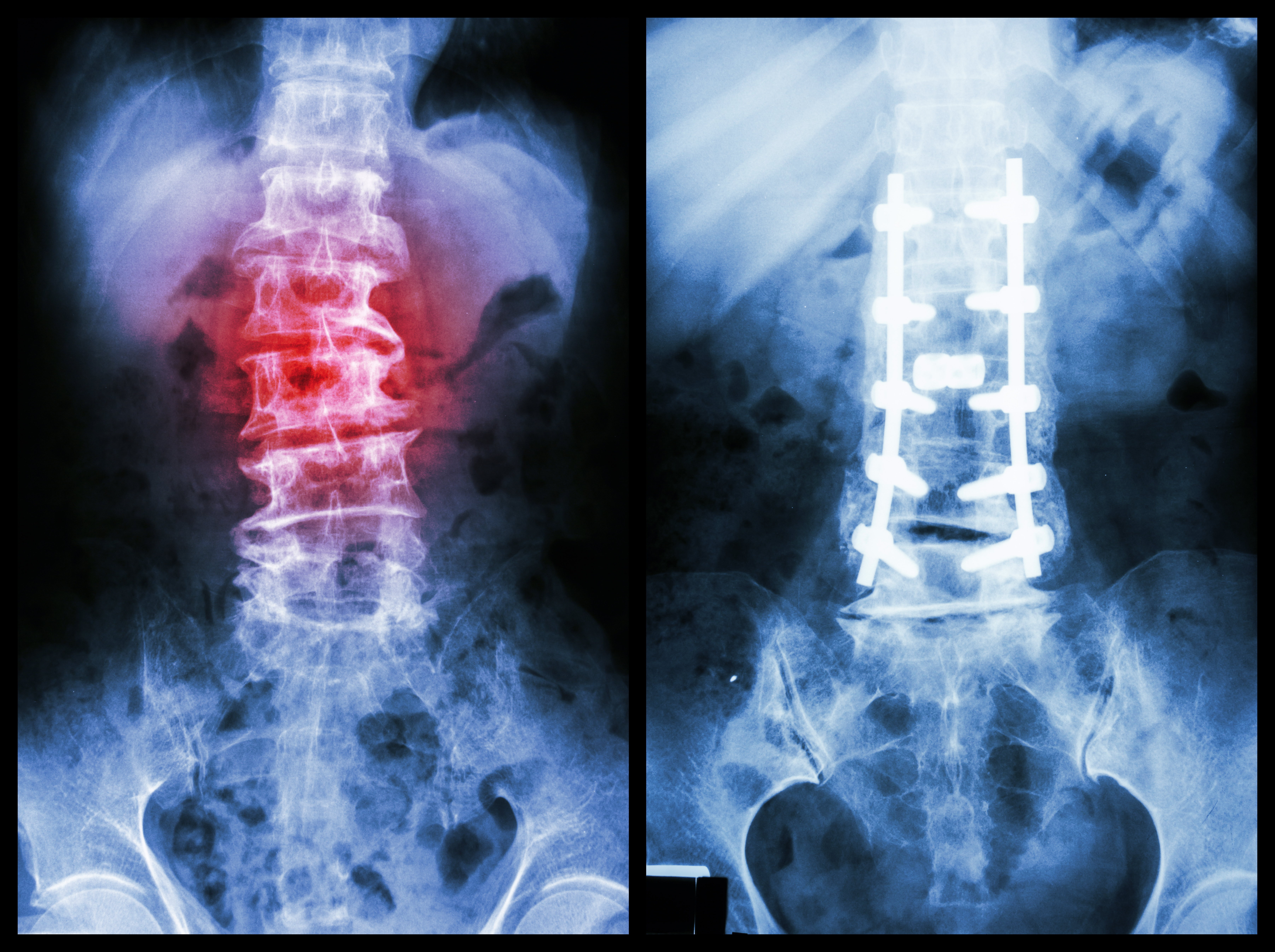
Lumbar Spine Surgery
An array of spinal and surgical procedures that can range from something as simple as a microdiscectomy to something more complex as a lumbar fusion depending on the patient’s pathology.

Laminectomy / Foraminotomy
Involves removal of part of the back of the spinal canal (bone) to create more room for the nerves and to give the surgeon access to any bone spurs that require removal. The result of this procedure is to relieve pressure and pain from the spinal nerve roots.

Microdiscectomy
Also known as microdecompression spine surgery, which is a minimally invasive procedure involving the removal of the sequestered herniated portion of a lumbar disc to provide more room for the exiting nerve root.
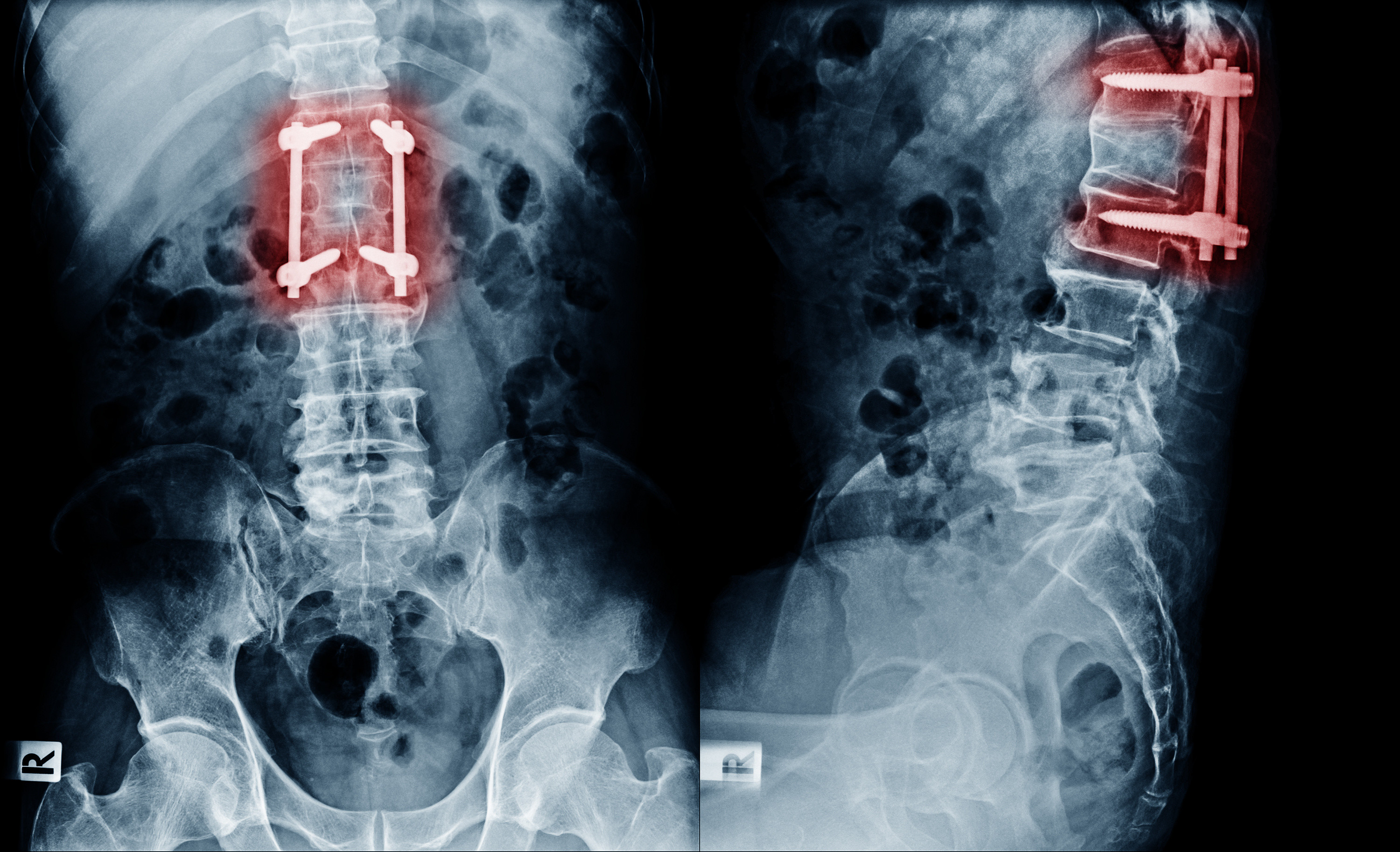
Spinal Fusion
This surgical procedure involves fusion of the lumbar vertebrae, which stabilizes the spine to provide pain relief. Immediate relief is usually felt, although exercise must be employed in order to strengthen the surrounding muscles for long-term benefits.Designed to stop the motion at a painful vertebral segment, spinal fusion involves the addition of a bone graft to an area where it will grow and fuse the vertebral elements. The resulting fusion ceases motion at that segment and reduces pain caused from that motion.
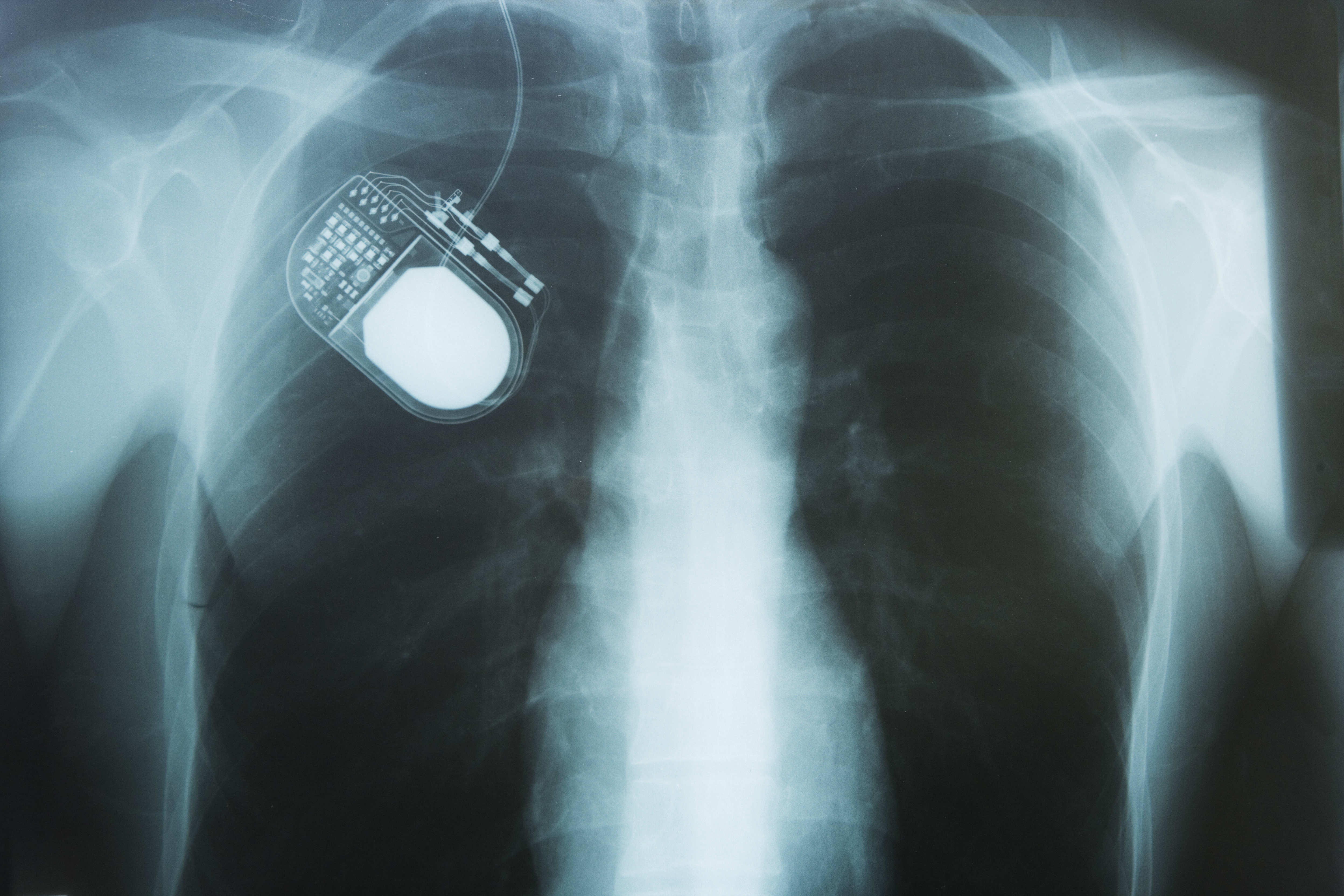
Neuro Stimulation
An implant delivers electrical impulses that interrupt the pain signals to your brain. So, instead of feeling pain, you’ll feel a tingling sensation. Neurostimulation therapy outsmarts your pain.
In addition to any of the previously mentioned treatment options, a home exercise program is customized for each individual’s back problem. Exercise strengthens the back and adds flexibility to help prevent future complications.




